So many devices use cameras these days, but how do they focus when they are so compact? The technology is there, but it’s probably nowhere near as efficient as it could be. Meet the poLight TLens, a piezo-electronically tuneable optic!
ipXchange recently had an exciting in-office discussion with Jon Edwards from poLight, a fabless manufacturer that specialises in tuneable optics for camera and laser systems. Today, we’ll show you how poLight’s TLens changes the game when it comes to power consumption, speed, and size for creating adjustable focal lengths in your camera system. It’s already a proven technology in many applications, including industrial, consumer, and automotive, so let’s get started!
What is the poLight TLens?
The TLens is poLight’s electronically tuneable lens that uses piezo-actuation technology in contrast to a traditional Voice Coil Motor (VCM). Like the human eye, the piezoelectric ‘muscle’ acts upon poLight’s optical membrane and changes the shape of an optical polymer lens. This in turn changes the focal length, i.e. focussing point, without the requirement for broad mechanical movements.
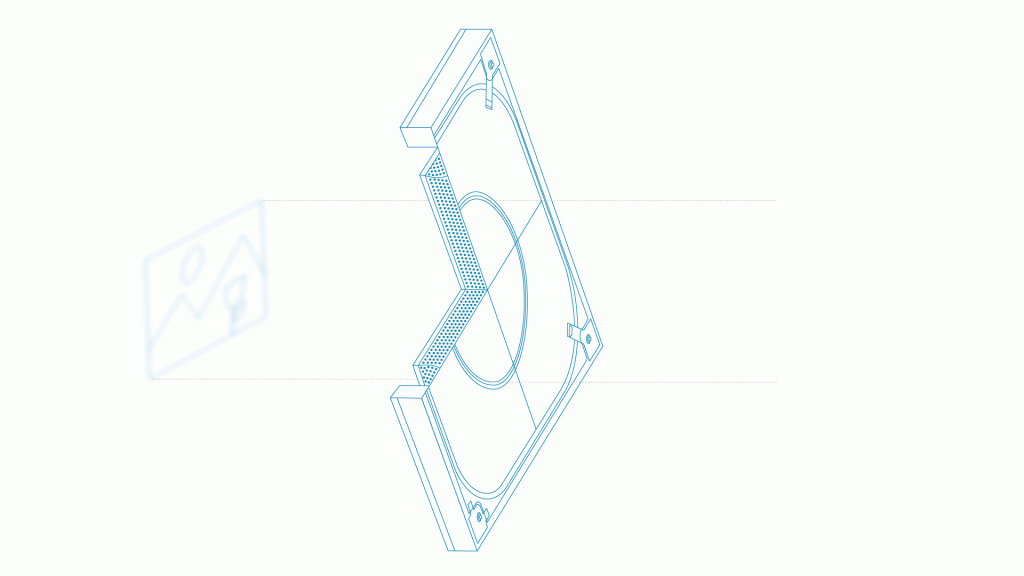
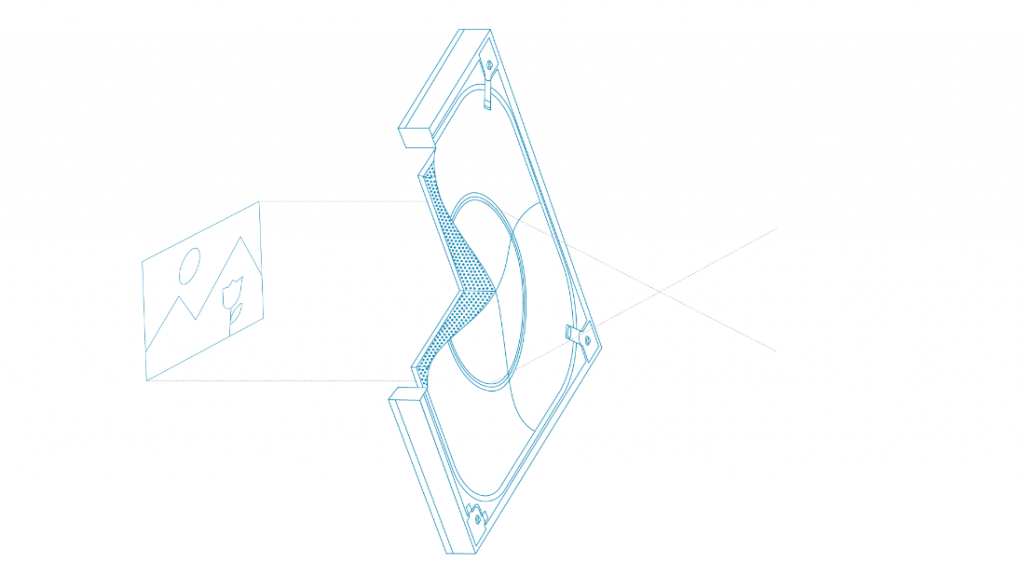
By using piezoelectric technology, the TLens is very compact and can be used anywhere where you have a camera or projection setup. TLens is a singlet lens element that poLight supplies as a bare-die product or packaged for easier integration. It can work in conjunction with other lenses to provide the focussing element within and optical setup, and usually, this will then form a complete optical module within a design.
TLens works for visible light and NIR, with the optical response constrained by an antireflective coating. This has been added by poLight as it is useful in many imaging applications. In addition to its TLens technology, poLight has developed electronically tuneable optics for beam steering.
Why use tuneable optics?
Many designs use fixed lenses with a fixed focal length, and for applications like barcode scanning, this is OK so long as you can move the object to be scanned into the right position. This also works for some camera setups that are focussed to infinity.
That said, when there is a requirement for changing the focal length, things become complicated. A designer may want to do this to focus on objects at different distances, but it might also be the case that manufacturing and thermal tolerances require that the focal length be adjustable for correct operation in an application. In these cases, TLens has some huge benefits over VCMs.
The advantage of TLens over standard technologies
Currently – all puns intended – most systems use VCM technology to physically move a lens with respect to the image sensor. For those unaware, a VCM features coils and permanent magnets as part of a mechanical actuator acting against a spring. This adds size and weight to a system, and also requires two orders of magnitude more power to focus than the TLens. The response time also suffers when compared to poLight’s piezo-actuator-based solution.
As we’ll soon see, power consumption and size are very important in many applications. poLight’s TLens solves these problems by eliminating the need for VCM technology as a solution, but this also enables high-speed applications where VCMs just can’t keep up.
Where would you use poLight‘s TLens?
poLight sees its TLens used in everything from camera modules designed for integration into other products to industrial equipment and high-volume consumer electronics. Jon brought some along to show us, so let’s see how each benefits from poLight’s innovation:
Honeywell scan engine
This integrated camera module goes into handheld barcode scanners like the one that Jon showed us. By the having an adjustable focal length, it allows the end user to scan barcodes both near to them and high up on a warehouse rack. This would not be possible with a fixed focal length, and the battery life and weight of the scanner would suffer if a VCM was used instead.
Industrial machine-vision cameras
The high-speed, high-precision operation of poLight’s TLens makes it great for industrial vision. The focussing response of VCM technology cannot compare to that of piezo actuators, which enable a new level of performance in inspection and automation.
Smartwatches and smartphones
Here, the TLens is used for a classic camera focussing application. A child can take pictures or scan QR codes at various distances from the watch, thanks to the TLens. Similarly, having the Tlens integrated as part of the smartphone’s front-facing camera enables a fast response time and low power consumption that makes it ideal in these applications.
AR/XR glasses
AR/XR glasses require a compact optical form factor so that multiple cameras can be installed in the same unit for stereoscopic machine vision. This is essential for overlaying images on top of recorded reality due to the sensitivity of the human brain to experiences that are slightly different from our standard reality. The speed of focus is also essential in this regard to avoid motion sickness.
The small size of the TLens provides more space for the battery, and the low power consumption alleviates worries of excess heat dissipation while a user is wearing the device. By reducing weight – via smaller batteries or eliminating VCMs – the TLens also provides a more comfortable experience in this emerging market. This should help to speed adoption of the technology in daily life.
How to evaluate poLight’s technology
poLight has an evaluation kit which enables interfacing with its driver IC for controlling the TLens. A software GUI also helps you to understand what is happening while you test the TLens in your application. Alternatively, poLight can supply TLens-enabled camera modules for immediate evaluation through direct integration.
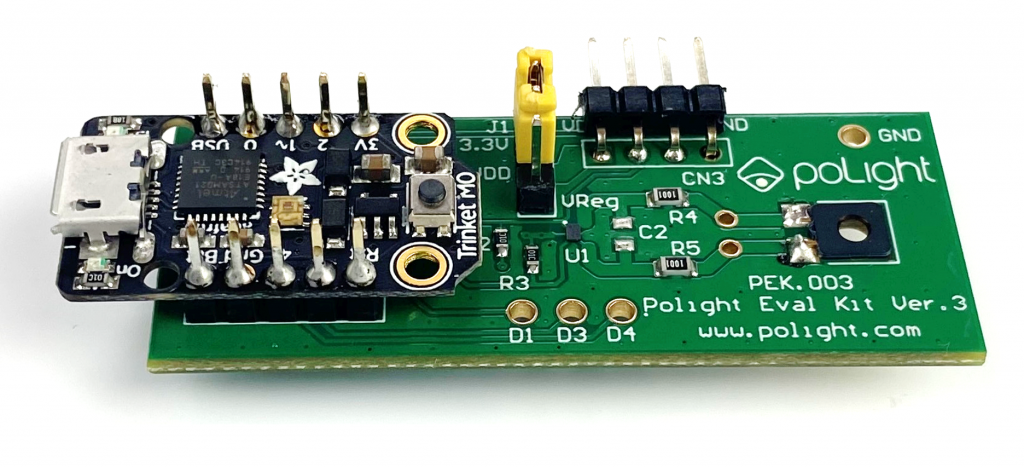
For those more familiar with optical table setups, Thorlabs produces a TLens optic for its popular cage system.
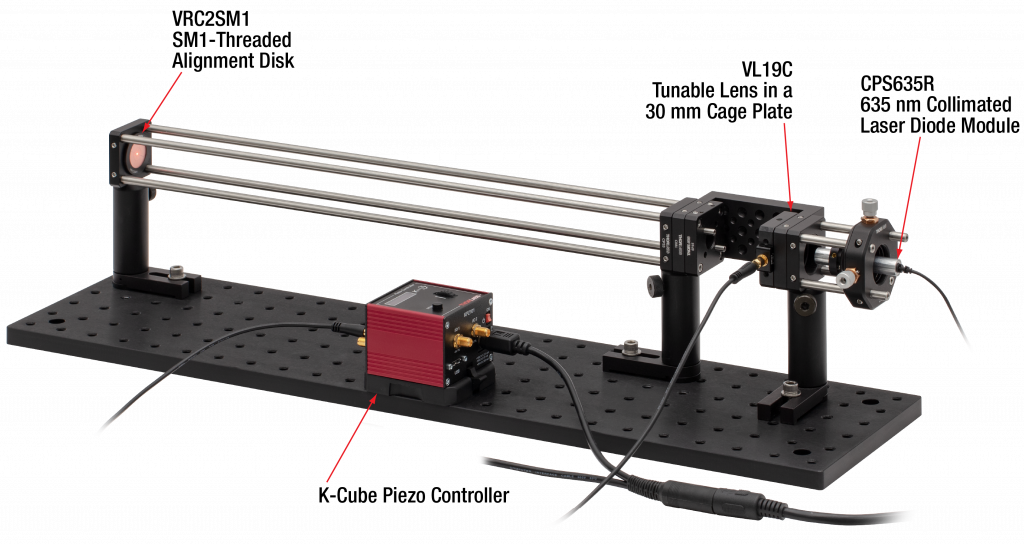
poLight has an established supply chain, so it can provide its technology to designers working at all application scales. Thanks to its expertise in optical, mechanical, and system-level design for its products, poLight can help you integrate its technology into your design and make the most of what this technology has to offer.
Head to the ipXchange user-defined board page by following the link below, and fill out the form to get connected with poLight for consultation and evaluation. We look forward to seeing what projects you’ll come up with for this disruptive addition to the camera and visual design ecosystem.
Keep designing!
You must be signed in to post a comment.
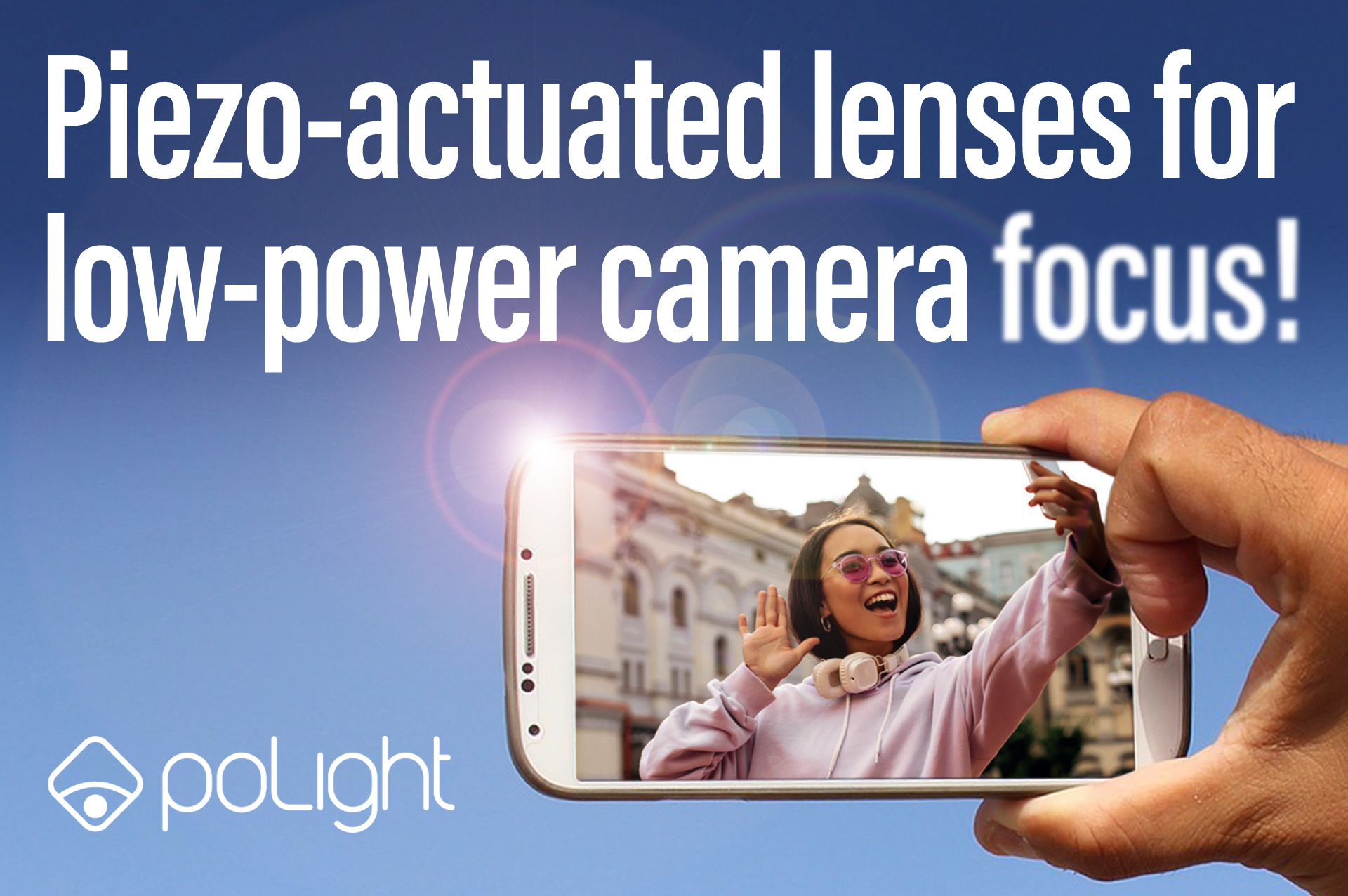
Comments
No comments yet